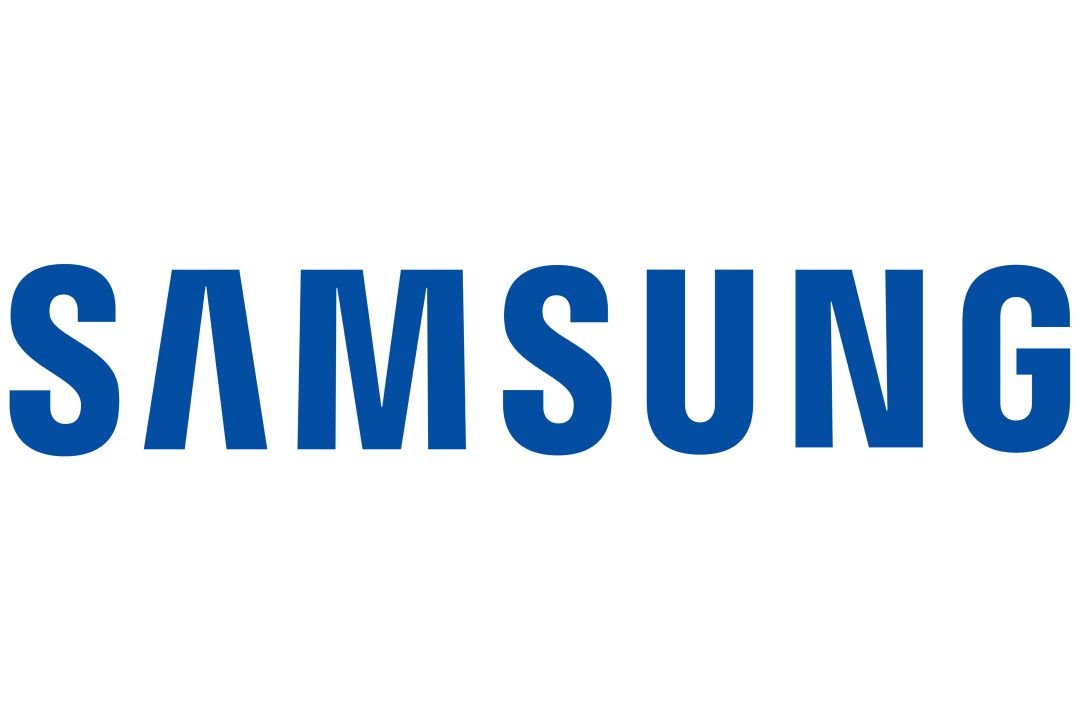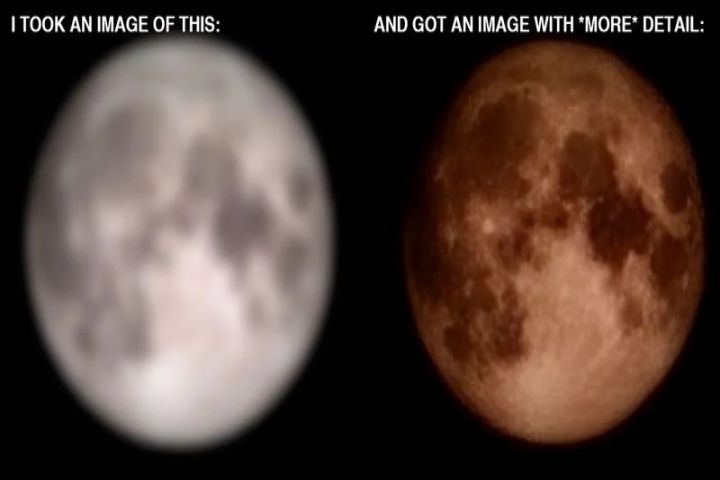In response to allegations that photographs of the moon are being artificially enlarged to an extraordinary degree, Samsung’s “Space Zoom” feature has come under fire.

In 2020, Samsung released the Galaxy S20 Ultra, which debuted a 100x zoom function that has since become standard on the company’s most recent flagship phones. Samsung has emphasized the capacity of its devices to capture stunning images of the moon since its release. Samsung claims that no overlays or textural effects are used, in contrast to companies like Huawei, which overlay a PNG of the moon on such photographs.
Nevertheless, a Samsung user on the r/Android forum uploaded a thorough post on Friday that claimed to “show” that Samsung’s moon photos are “false.” They used a technique that entailed obtaining a high-resolution image of the moon, reducing it to 170 by 170 pixels, clipping the highlights, and significantly blurring the moon’s surface details with a gaussian blur. This low-resolution picture was afterward shown on a monitor and was taken with a Samsung Galaxy mobile far away. Compared to its source, the resultant image is noticeably more detailed.

Samsung products use machine learning trained on numerous moon photographs to generate this effect, rendering the photography effect entirely computational. This has given rise to claims that photographs of the moon are still effectively being given a texture. The function misrepresents the capabilities of the camera hardware, igniting a fiery internet debate and even casting doubt on the iPhone’s dependence on computational photography.
